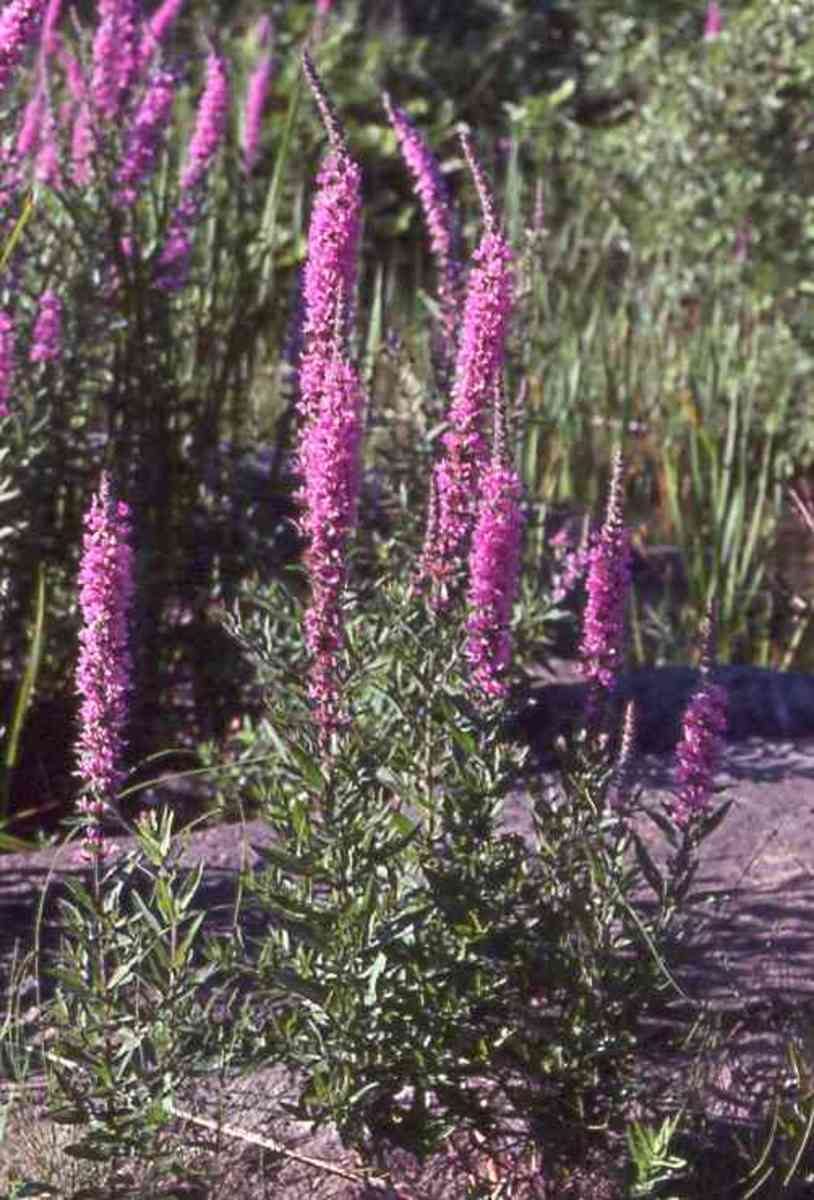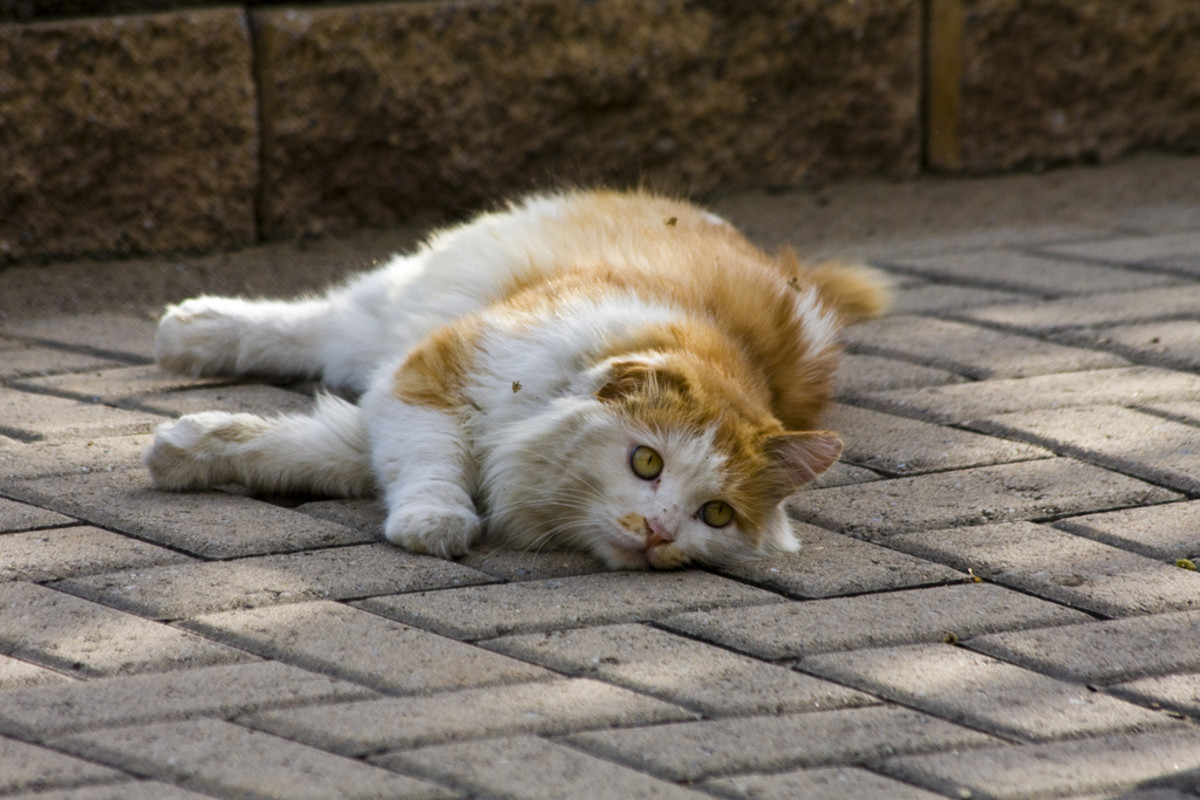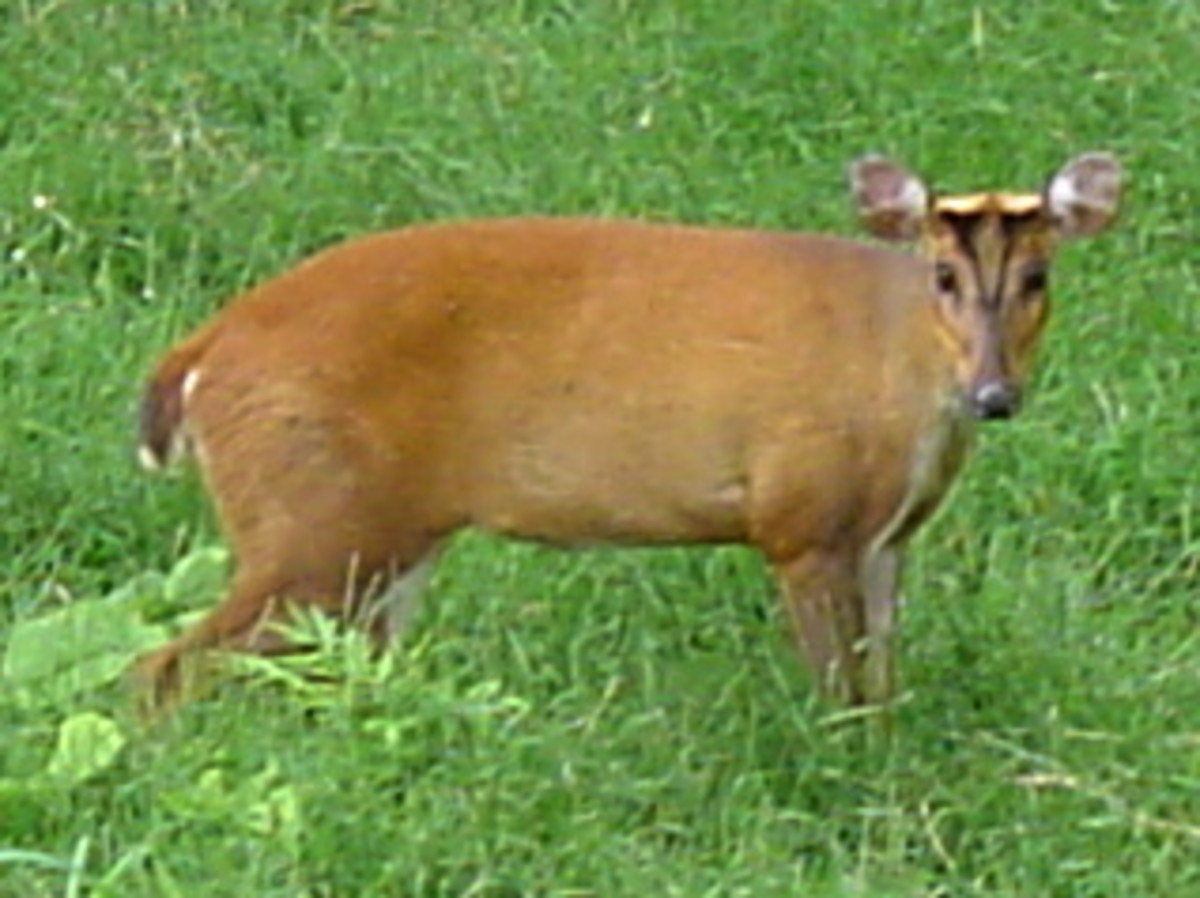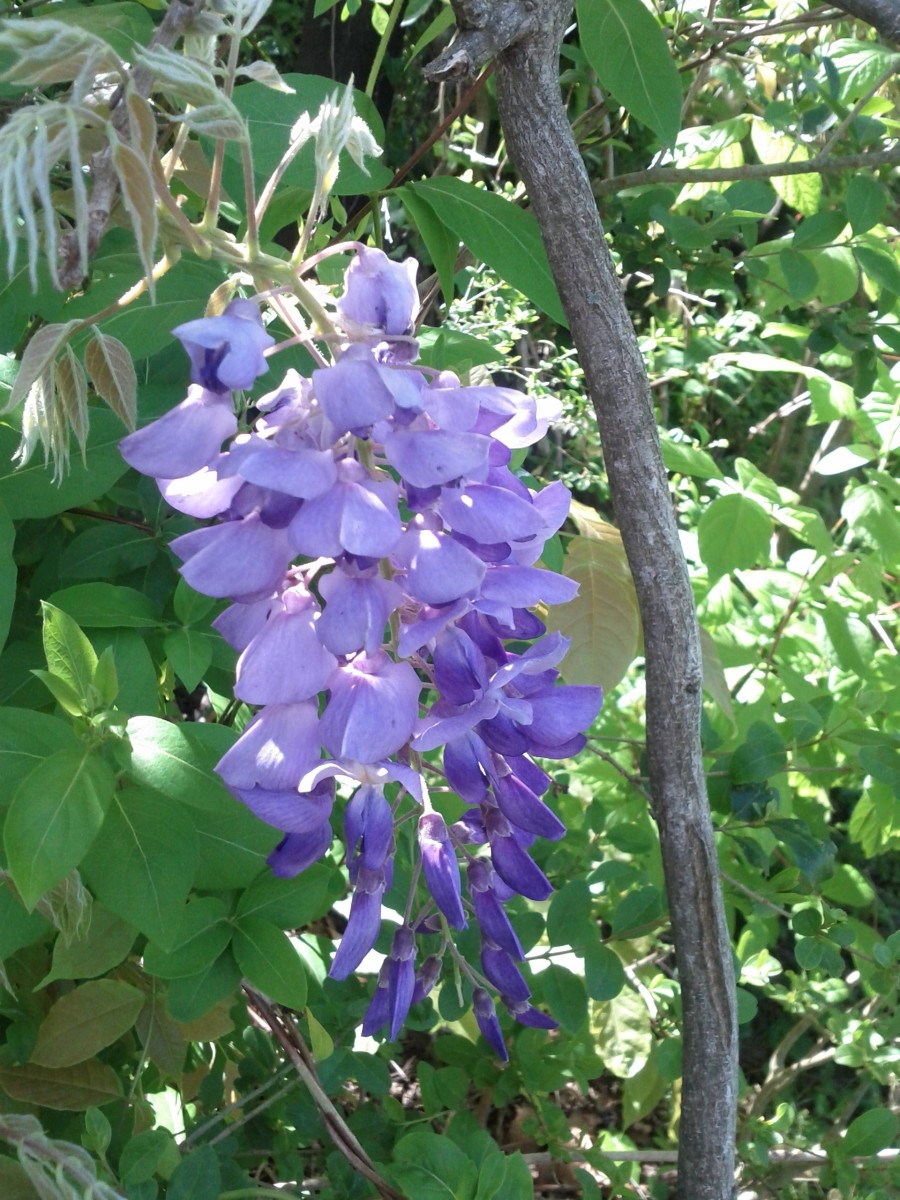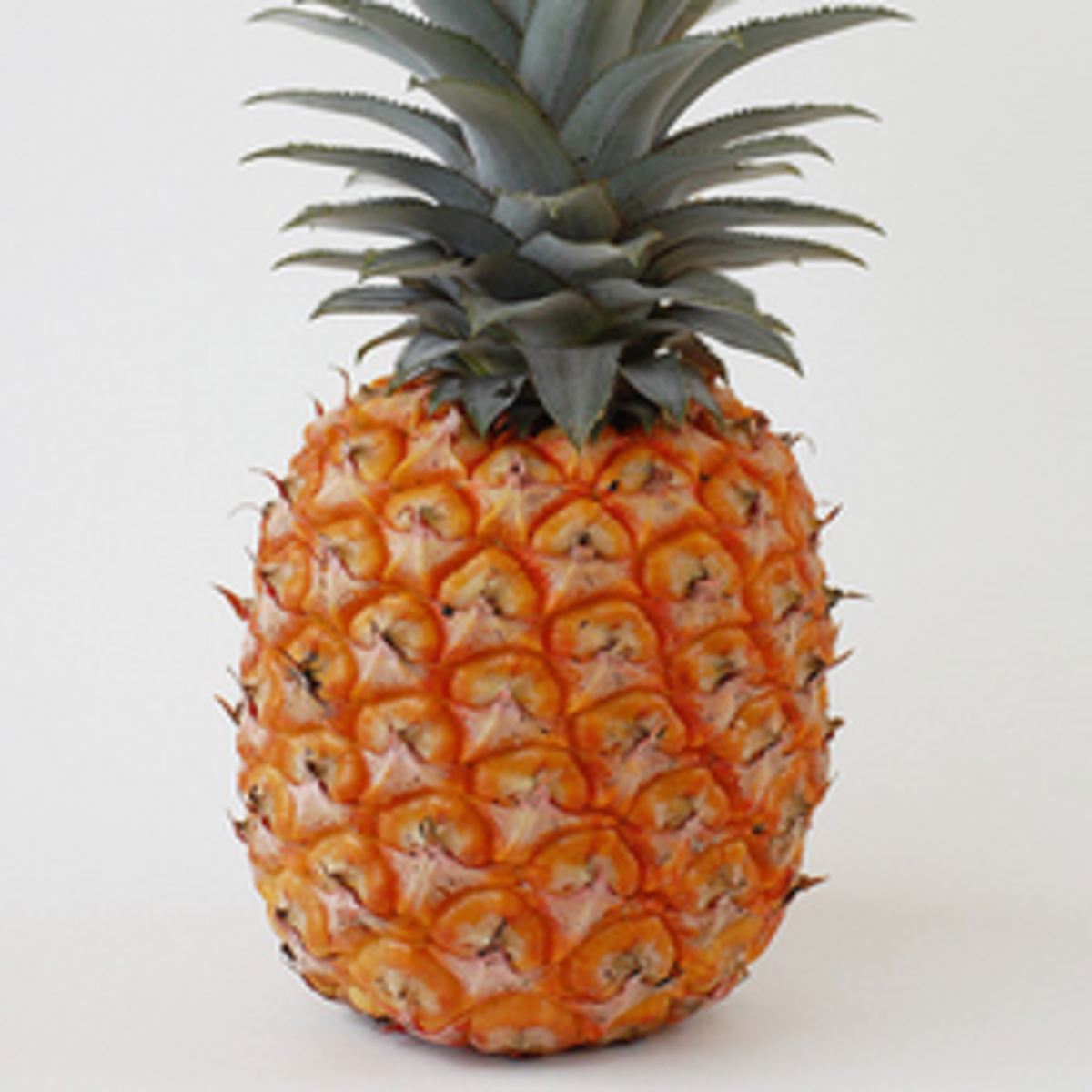The Spanish slug, in Sweden we call them “the killer slug"
The “Spanish slug” is in Sweden known as the “killer slug” because of the facts that it eats almost everything and also other slugs and even their own species. Their real name is: Arion lusitanicus or Arion vulgarism.
The killer slug has been identified as one of the worst not native invasive species in Europe and it costs millions each year to repair damage and decreased production. In Sweden it has become a pest as an invasive not native species and gardeners spend many hours and money to prevent the slug to destroy their gardens. According to Wikipedia this species isn´t yet established in the USA but it has been seen on the continent and is considered to be a potentially serious threat as an invasive species.
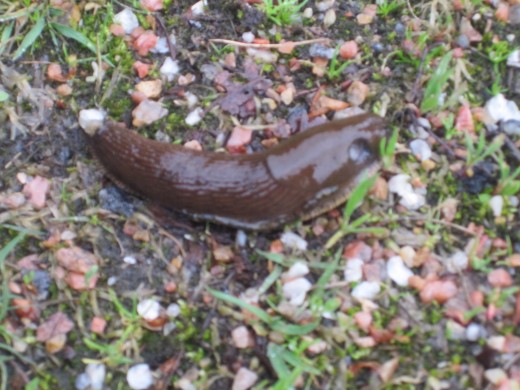
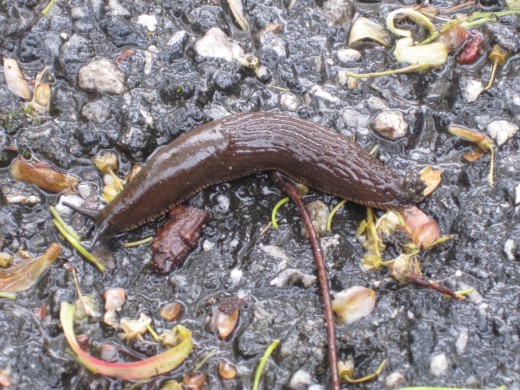
What is so special about this slug?
In Spain or in Portugal it is probably nothing special about this slug and the Arion lusitanicus are maybe just another slug that can be compared with our native slugs. We have of course native slugs in Sweden too and they can also destroy some plants or vegetables but since they are native they normally have natural enemies. This slug, the Spanish slug, has no or very few natural enemies here. And there are also other causes for their great advance here. When a species immigrate to another country with another type of climate it can either be impossible for them to live in that kind of climate or it can be like heaven for them. Sweden and other countries in northern Europe seem to be a paradise to the Spanish slug. Here the climate is even better for this species than in Spain and Portugal since we have a more humid climate. The only thing that can reduce them seems to be very long and very cold winters with hardly any snow and/or the manual way: to kill them.
How did the Spanish slug end up here in Sweden and northern Europe?
One factor is that we travel more and that our way of living means increased global trade with quick and increased transportation of all kinds of things. All this increase the risk for introduction of invasive foreign species to other countries and new environments. Other reasons for the problem may be the combination with global warming that slowly changes the climate, which can benefit some species. Invasive foreign species can be introduced to new areas unintentional or intentional and it is regarded as on of the biggest threat against the biodiversity. The problems with foreign invasive species can be both ecological and cause retirement or extinction of native species, or genetic by changes in DNA of the native species.
Facts about other foreign species
Foreign Species in Sweden
| 2 000
|
|---|---|
Establishes species
| 1 461
|
Temporary species
| 462
|
Unknown conditions
| 77
|
Data from report 5910 National strategy and action plan for alien species and genotypes, by the Swedish Environmental Protection Agency.
Of all those species there are luckily only a few that become invasive and the Spanish slug is one of the invasive species.
Other established invasive foreign species:
American comb jelly
American lobster
The Raccoon dog is one species that has been observed and the authorities are now afraid that they are established.
Facts about the Spanish slug
Size 7-15 cm long with grey-brown to red-brown colour and mostly with two characteristic lines on their body. It can be difficult to distinguish the Spanish slug from other slugs. One answer to their thriving is that they are hermaphrodites, which means that they are both male and female and can therefore fertilize themselves. A single slug can produce up to 400 eggs during their lifetime so they can create quite a population by themselves.
They can pass the winter by hiding in garden composts and also in the ground. During relatively warm winters the amount that survives are increasing. They prefer temperatures around 8-10 ° C.
The Spanish slug is not as attractive for carnivores as the native slugs. That is due to that they produce much slime and they are also more leathery than native slugs. This means that the slug have very few enemies. There have been some observations that wild boars, badgers, hedgehogs, Muscovy ducks, and blackbirds eat them. According to Gothenburg’s Natural History Museum 2008 some native helix gastropod and ground beetles eat eggs of the Spanish slug.
Where and how did it come to Sweden?
The Spanish forest slug is native in Spain and Portugal and has been brought here by garden products. Since slugs mostly live in soil and around plants roots they can lay hidden in compost and soil and be transported in that way.
The Spanish slug was first observed in south Sweden in 1975. After entering they spread very quickly and already in 1980 came the first reports of the damage they did.
The reason for their thriving is that they like damp environment as deciduous forest, meadows, parks and gardens. They can now be found in gardens near houses, dishes and even in agriculture environment. The slug has now been observed even in the north parts of Sweden.
Other reasons for their thriving is because they eat native slugs, and they can also fertilize with native slugs and become hybrids. The hybrids are also fertile and there are signs that the hybrids are even more adjusted to the Swedish climate which would mean that they are an even bigger threat.
Since they appear in such big amounts they can destroy some plants completely in an area. They cause severe damage to garden plants and agriculture plants and some vegetables are uneatable because of the slime they leave behind.
Since the slugs are such an annoyance to gardeners it can cause lower house prices in areas where they are in masses. Other problems are nagging damages on vegetables and berries like asparagus and strawberries.
The cause for this big problem is that no one anticipated that a slug could cause this kind of damage. And when it became clear to everyone that it was a major problem no authorities was prepared to take responsibility for the problem.
Now it has gone too far and there is no use to try to control import. The only thing that can be done is to try and prevent the slug to spread to new areas and try to extinct or control the slug in those areas already invaded.
Ways to control the slug or to prevent the slugs to spread any further.
The Swedish Environmental Protection Agency recommend that all garden plants that we buy must be thoroughly examined or that the soil is rinsed away from the roots so that slugs nor their eggs are spread in the garden.
If one wants to have compost in the garden it should be done in closed containers that must be supervised and all slugs in and outside the compost must be extinct as soon as they appear.
Other ways is to put up “slug fences” with electricity around the garden to prevent the slugs to get in.
In agriculture efforts are done by creating a safety zoon of 3-5 metres that is kept dry and well drained since that is one way to decrease the species in that poetically area.
But the most efficient control method is to capture and kill the slugs. This has to be done repeatedly daily and with great patience. Best effect can be seen in areas where all neighbours are active in the slug hunt.
Other ways to fight them is with biologic methods like nematodes that are allowed in Sweden since 2008. The nematode is just possible to use against young slugs. The nematodes intrudes the slug and releases bacteria in the slug that makes the slug stop eating and kills the slug in about two weeks.
The only problem with the nematode is that it isn´t native and it harms also native slugs.
Another possible weapons against the killer slug are to use iron phosphate that makes the slug lose its apatite and slowly dies. The problem with this method is that it is rather expensive since it has to be repeatedly over and over again.
If you want to read more about different ways to control slugs read more here.
Summary!
All living species on Earth has adjusted and developed in equilibrium with nature over millions of years. Any change has been done over a long period and with tiny steps from generation to generation. Species have been able to reach new land mostly by themselves and natural obstacles like the sea and the mountains have stopped them. But all that have changed and because of it we now face major problems with invasive species that have no natural enemies in the new place they are brought. Natural ecosystems are in danger and the economic costs to repair the damage done by the invasive alien species are massive.
The Spanish slug is just one such species that become an invasive alien species in the wrong environment. It doesn’t matter that slugs are small and pretty harmless species. The damage they cause is gigantic and once an invasive alien species have been established in a new area it is almost impossible to get rid off them! I am afraid that what we now see is the top of an iceberg and there is need for rapid actions and precautions to prevent more alien invasive species.

